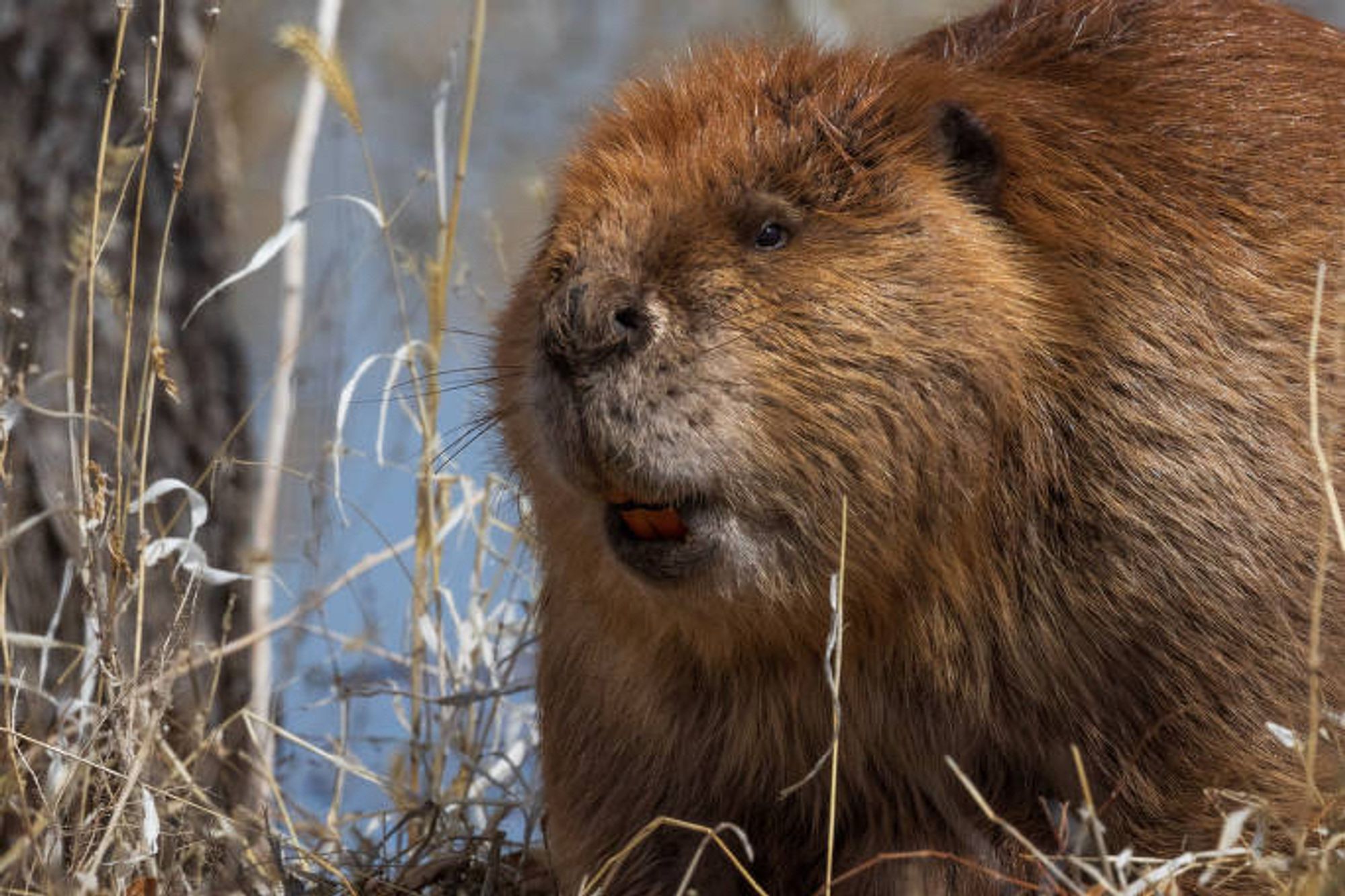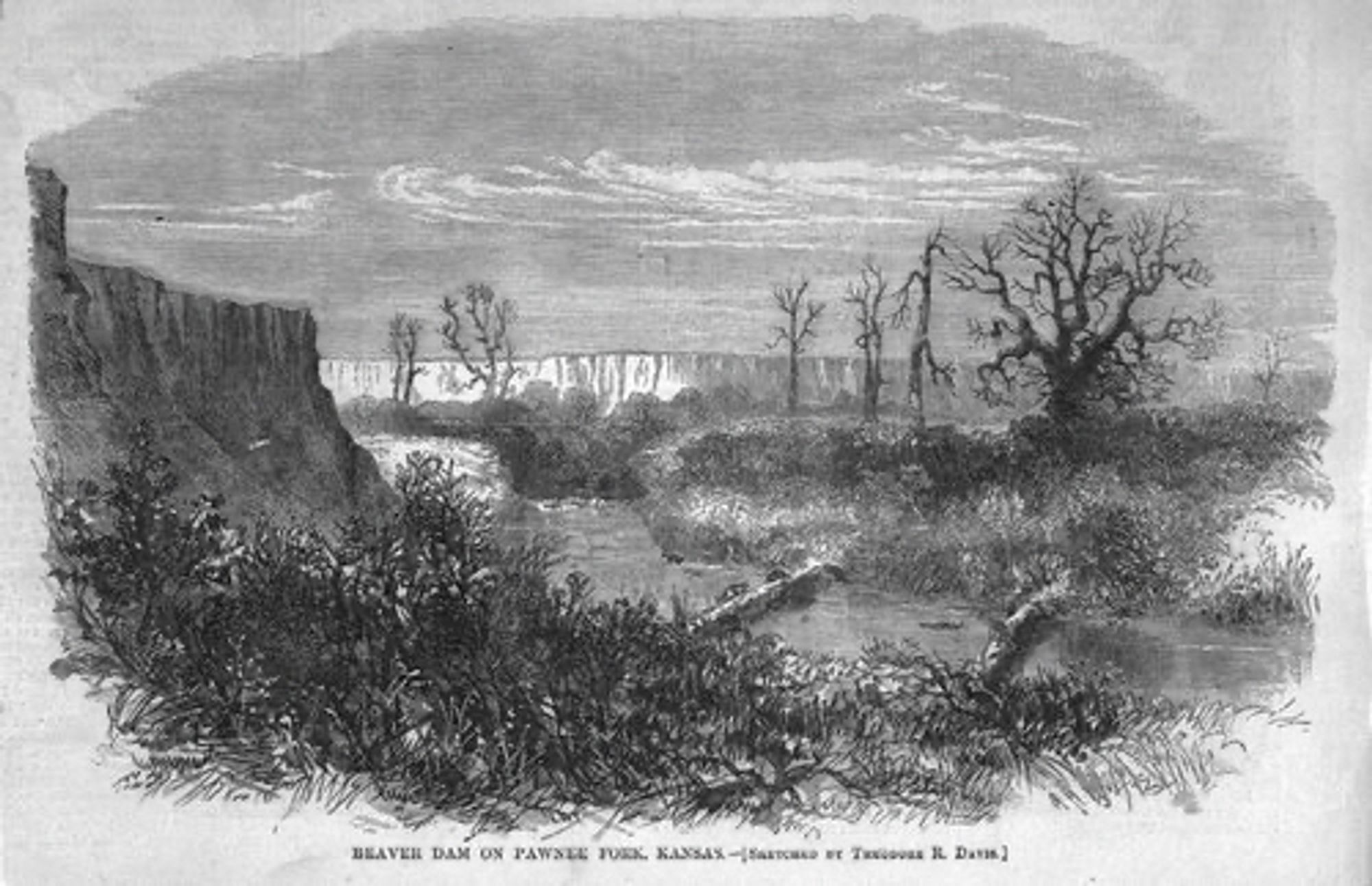A lot of people think of western Kansas (and the Great Plains in general) as a dry, desolate place. That wasn’t always the case thanks to beavers! Time for a quick thread! 1/? 🌏🌿🦊🗃️

Draining the Ogallala Aquifer to the point it can no longer feed the springs that formed any of the streams/rivers not sourced in the Rockies is a big part of aridification in the Great Plains, too.
Beavers transformed the creeks and rivers of the Great Plains into relatively lush riparian zones. This photo is from Harper’s Weekly in 1867. It shows a section of the Pawnee River about 30 miles west of Ft. Larned. You can see all trees and other plants. 2/?

i grew up in southwestern kansas and seeing all of the dry riverbanks really made me curious what the landscape used to look like before white people came. thanks for sharing this!